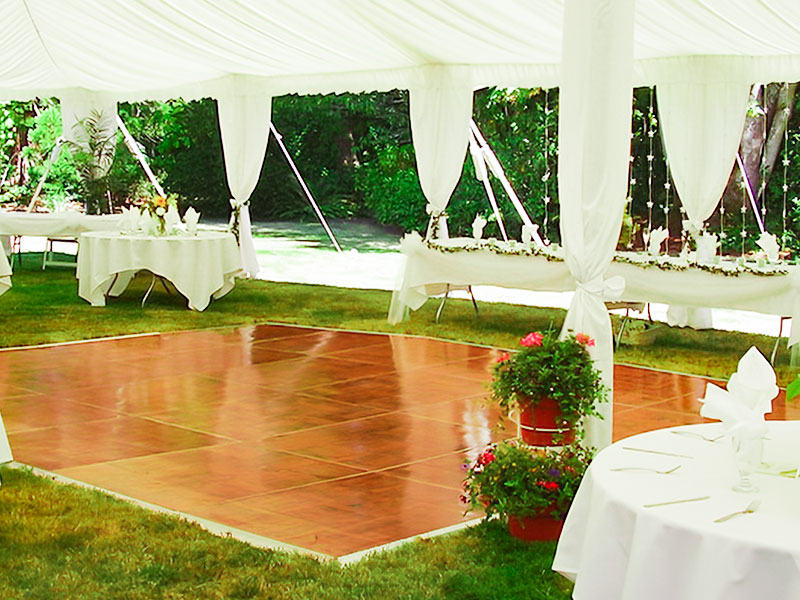Selecting the right materials for constructing a long-lasting and secure external performance floor is essential for guaranteeing an pleasurable session. Outdoor dance floors must endure diverse climate elements while providing a stable surface for performers and attendees. Thus, it is important to evaluate factors such as material resilience, safety features, and maintenance requirements when making choices. This guide will explore several appropriate options and their benefits in designing an open-air dance floor.
One popular option for outdoor dance floors is wood. Wood provides a classic and inviting aesthetic that many consider attractive. Hardwoods like maple or ash are particularly favored due to their durability and ability to absorb impact, which can protect dancers’ joints. Additionally, timber has natural slip-resistant qualities when treated properly, minimizing the chance of injuries. However, preserving a timber dance floor demands routine sealing and resurfacing to shield it from humidity and UV damage, making it critical to consider the environment in which the floor will be placed.

Another practical alternative is synthetic composites, which combine natural fibers with plastic. These composites are designed to be resistant to humidity, mildew, and fading from sunlight. Composite dance floors offer longevity comparable to traditional wood without the intensive upkeep. They are more resistant to distortion and splitting than wooden floors when exposed to harsh outdoor conditions. In addition, composite surfaces often have built-in slip resistance features, making them a safer choice for outdoor events.
For those looking for a more contemporary approach, interlocking tiles made of PVC or rubber are reliable options. These tiles are crafted for hassle-free installation and can be rearranged or replaced as needed. The versatility of using interlocking tiles more tips here permits rapid assembly and breakdown, making them ideal for temporary dance events or gatherings. Moreover, these flooring types provide shock absorption that enhances comfort while dancing and reduces the likelihood of accidents caused by falls. The non-porous nature of PVC and rubber also helps prevent water penetration, additionally extending the life of the flooring.
Finally, it is crucial to consider the site and planned function of the exterior dance floor when choosing materials. For instance, if the dance floor will be situated in a high-traffic area or exposed to inclement weather frequently, choosing durable surfaces that require low upkeep will be important. On the other hand, for lighter use or in more protected areas, lighter materials may suffice. In any case, prioritizing safety features such as traction and shock absorption should remain at the center of design.
To summarize, building a durable and safe outdoor dance floor involves careful consideration of various materials suited for different environments and applications. Wood offers timeless aesthetics but demands consistent care; engineered composites blend creative event flooring solutions appearance with resilience; interlocking tiles provide versatility and ease of use. Ultimately, understanding the specific needs of the dance floor's intended use will guide decision-making toward selecting the most suitable solution for an satisfying and secure dancing experience in outdoor spaces.